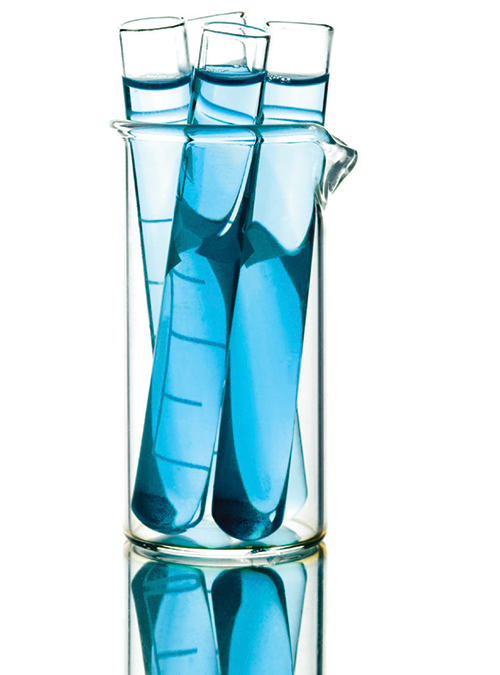organochlorine sweetener (OC) that is a common ingredient in the food supply. Sucralose interacts with chemosensors in the alimentary tract that play a role in sweet taste sensation and hormone secretion. In rats, sucralose ingestion was shown to increase the expression of the efflux transporter P-glycoprotein (P-gp) and two cytochrome P-450 (CYP) isozymes in the intestine. P-gp and CYP are key components of the presystemic detoxification system involved in first-pass drug metabolism. The effect of sucralose on first-pass drug metabolism in humans is unknown. In rats, sucralose alters the microbial composition in the gastrointestinal tract (GIT), with relatively greater reduction in beneficial bacteria. The identity and safety profile of these putative sucralose metabolites are not known at this time. Sucralose and one of its hydrolysis products were found to be mutagenic at elevated concentrations in several testing methods. Cooking with sucralose at high temperatures was reported to generate chloropropanols, a potentially toxic class of compounds. Both human and rodent studies demonstrated that sucralose may alter glucose, insulin, and glucagon-like peptide 1 (GLP-1) levels. Taken together, these findings indicate that sucralose is not biologically inert. J Toxicol Environ Health B Crit Rev. 2013. PMID: 24219506







